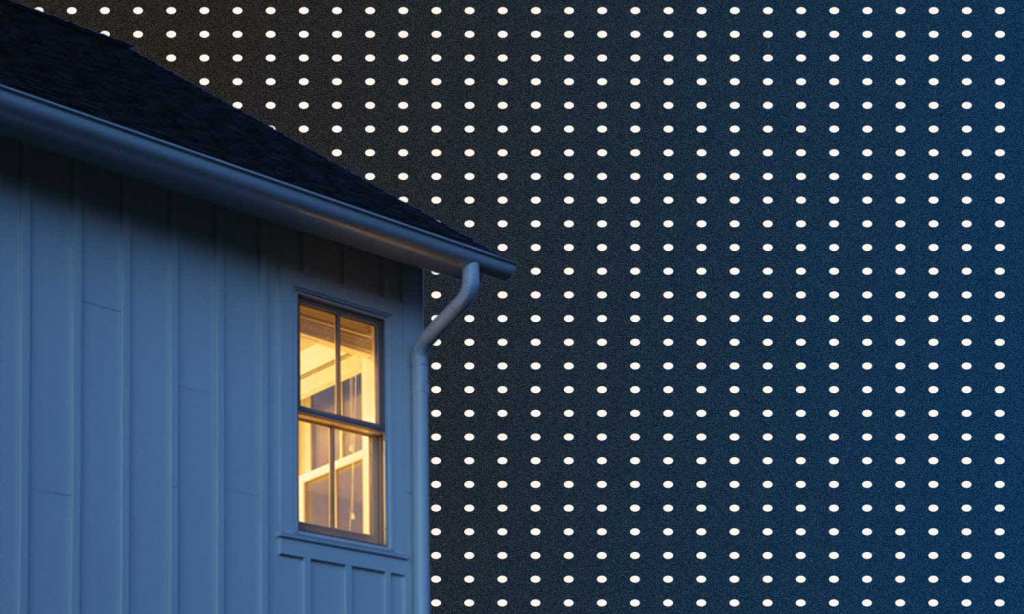If you’ve managed to avoid the news that the cost of living is on the up, we’re both shocked and impressed. With interest rates rising and a potential recession on the horizon, the impact of of increased daily expenses is on many people’s minds.
According to new research by Suncorp Bank (conducted this year), one in three Aussies surveyed said they wouldn’t be able to afford to pay their power bill from 1 July 2022, when the Australian Energy Regulator’s benchmark price for electricity was scheduled to rise by up to 18.3%.
In actual numbers, this increase could equate to hundreds of dollars added to the average household’s bills over the course of a year. The research also found that some people surveyed would be willing to reduce their use of heating and air conditioning, put off purchasing new clothing, and cancel streaming subscriptions if the cost of their power bills became 10% more expensive.
We know it can feel like everything is outside of your control, but there are a few things you can do to help set yourself up for potentially lower energy bills down the line. Up front, yes, it will involve some financial investment. But if you have the means to fork out (or save up) to perform a few eco-upgrades on your home, future you will be thankful for it.
To answer the call of Australians who can’t afford to put away extra cash for renovations right now, Suncorp Bank has launched its Green Upgrades Home Loan. Under the scheme, people can borrow up to $25,000 at a lower interest rate (compared to mortgages), to install a specific range of energy-efficient features in their homes, and to save money on their energy bills in the future.
Here are six home upgrades you could consider to help make your home more energy efficient.
Solar Panels
Around 30% of Australian homes already have solar panels fitted, and that’s for good reason. Solar panels convert sunlight to electricity that you can then use in your home, which could help reduce your electricity costs. Excess solar energy can either be directed into the grid or into your own rechargeable batteries to provide backup electricity for your home, to save for a (literal) rainy day. Solar panels could also help reduce fossil fuel emissions, so it’s a win-win for both you and the planet.
Rechargeable Solar Batteries
As mentioned above, fitting your home with rechargeable solar batteries gives you the ability to use all your hard-earned solar energy and not waste a single bit. What that means is, you may not need to buy as much energy from the grid (since you’ll have an energy source from the batteries) and you may also have power when there’s an outage in your area, though this will depend on the exact system you install.
Home Insulation
In simple terms, home insulation could act as a barrier between your home and the elements, and it’s one way you could keep your home cool in summer and warm in winter.
For example, an un-insulated home (which, according to the Australian Bureau of Statistics, was 31% of homes in 2011) loses between 25% and 35% of its warmth in winter and gains the same percentage of additional heat in summer. In terms of how that could impact your energy bills, installing roof and ceiling insulation could help you reduce your heating and cooling costs throughout the year.
Solar Hot Water Systems
A solar water heater uses solar energy to heat water for your home, instead of using gas or electricity. You’ll receive water through your taps and showers in the same way as other traditional heating methods but is generally more energy-efficient. To upgrade your home with a solar hot water system, you’ll of course need solar panels installed on your roof first, to then install a hot water system that utilises solar power over gas and electricity.
Energy Efficient Window Glazing
In staggering news for windows everywhere, the glass and frames in windows, external doors, and skylights have an impact on how well your home maintains a comfortable temperature. Up to 40% of a home’s heating energy can be lost, and up to 87% of its heat can be gained, through windows alone and, yes, this also includes windows that aren’t openable.
The type of window framing and glazing your house needs will vary between regions in Australia. Because while someone in Alice Springs or Cairns is trying to keep their homes cooler, people in Hobart and Melbourne want to stay warm, and people in Sydney and Perth need a bit of both depending on the season.
Energy Efficient White Goods and Home Appliances
It doesn’t matter how energy-efficient your home is if your appliances and white goods are still sucking up more energy than they should. You’ve likely seen the Australian government’s Energy Rating stickers on fridges and washing machines around the country, and the model is pretty simple to understand. The fewer stars on the sticker, the less energy efficient the appliance is, with one star being the least efficient and more stars equalling more efficiency. When shopping for new home appliances and white goods, aim for anything with five stars or higher on the Government’s Equipment Energy Efficiency program.
For Australians who may not have extra cash for these types of renovations right now, Suncorp Bank has launched its Green Upgrades Equity Home Loan . Under the offer, eligible Suncorp Bank home loan customers could borrow between $10,000 to a maximum of $25,000 at a discounted interest rate, and with no establishment fee or account keeping fee on the equity home loan to install a specific range of energy-efficient features in their homes.
To find out more about the Suncorp Bank Green Upgrades Home Loan, and view the eligibility criteria and terms and conditions, head to the Suncorp Bank website.

